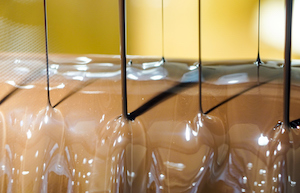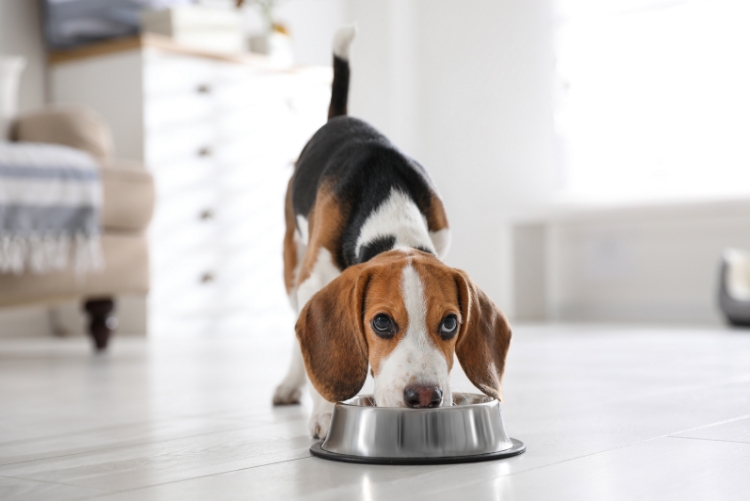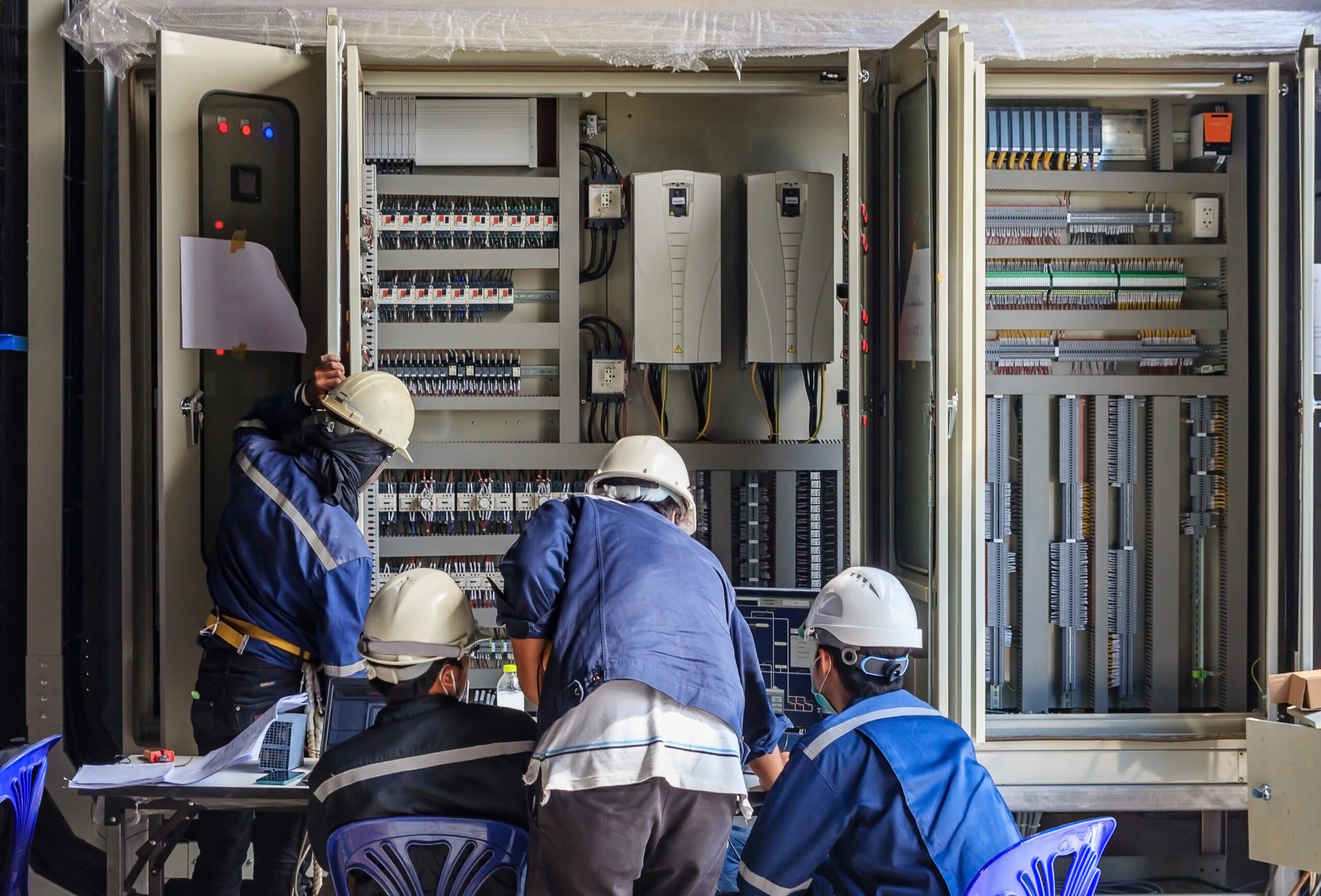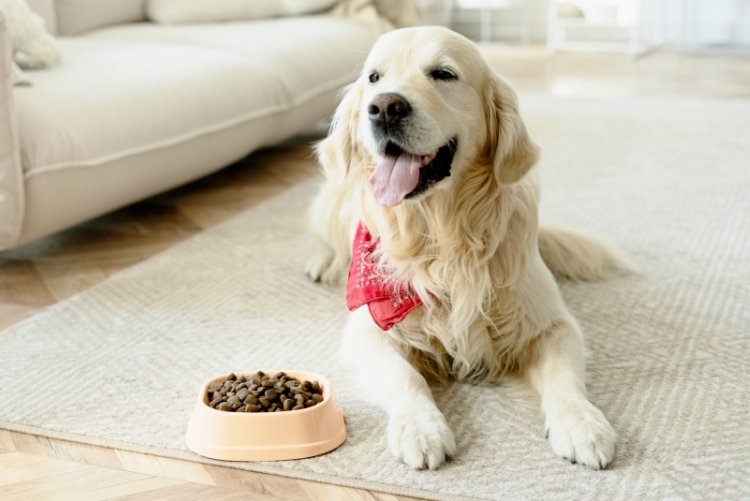
Liquid coating systems are essential for many different types of foods for both humans and animals. When liquid coating systems clog it can damage the system and slow or even shut down production. So how can you prevent clogs in liquid coating? Let’s take a closer look.
Liquid Coating Systems
There are several different types of liquid coating systems. These systems might work with fat coatings, oil coatings, liquid palatants, flavorings, and more. They’re used for snack foods, pastries, pet food, animal feed, and many different types of food. There are also many different types of liquid coating systems. Some coatings and foods work better with certain systems. However, many different types of liquid coating systems can be clogged. Oils and fats can congeal at varying points in the system, and salts and spices can form clumps.
Problems with Clogs
If a liquid coating system repeatedly clogs, it can cause multiple problems. The most obvious problem is slowed or stopped production. In many cases, if products or ingredients aren’t coated properly, additional steps can’t be completed. For example, many powder coatings won’t stick without an initial oil coating.
Slowed or stopped production aren’t the only problems resulting from liquid coating clogs. Clogs will also cause a build-up of backpressure, which will damage other components within the system. Even after the clog has been removed, this damage may still impede the liquid coating system components, like the pump.
Even if a liquid coating clog doesn’t completely plug up the system, a partial clog can also affect overall product quality. A partially plugged system won’t coat the items equally or completely. This will cause additional coatings to be uneven, and it can affect the overall consistency, appearance, flavor, and texture of the product.
These are just a few of the reasons why it’s important to fix or, even better, prevent clogs in liquid coating systems.
How to Prevent Clogs in Liquid Coating Systems
Proper System Design
Proper equipment design is one of the most important ways to prevent clogs in liquid coating systems. There are many different liquid coating systems to choose from, and finding the right system for your ingredients, products, and facility will keep production running smoothly.
Screw conveyors and spray nozzles are a common type of liquid coating equipment, and can work in many situations. However, spray nozzles are prone to clogging, especially when working with liquids containing high levels of suspended solids. An atomizing system might work better in these situations. With an atomizing system, there are no narrow points that can clog with congealed oils or fats. Instead, the liquid hits a quickly spinning disk and turns into a fine mist, which coats the material as it tumbles through an enclosed chamber.
Learn more about atomizing systems
Take a look at the APEC Mistcoater >
Designing for Ingredient Characteristics
When working with your equipment designer and manufacturer on your liquid coating system, it’s important to consider your ingredient characteristics.
When your system is designed with your ingredient characteristics in mind, you can avoid some common causes of clogs. For example, information about the ingredient’s viscosity can help your equipment manufacturer choose the right pump. The level of fat or oil content in the ingredients can also help to inform the ideal operating temperature, which we’ll discuss more in the next section.
Environment
Changes in temperature and humidity can change the way ingredients move through the systems. Temperatures that are higher than usual can cause fats and oils to move through the system faster than expected. By contrast, lower temperatures can cause the fats and oils to congeal and cause clogs. Changes in humidity can also change the way the ingredients move through the system. For this reason, environmental controls can be an important way to prevent clogs in liquid coating systems.
Preventing liquid coating system clogs before they start can save you hours of time, energy, and lots of frustration later down the road. Also, your production line will run smoother and avoid unnecessary cost. If you’d like to learn more about liquid coating systems from APEC, contact us today and talk with our engineering experts.







